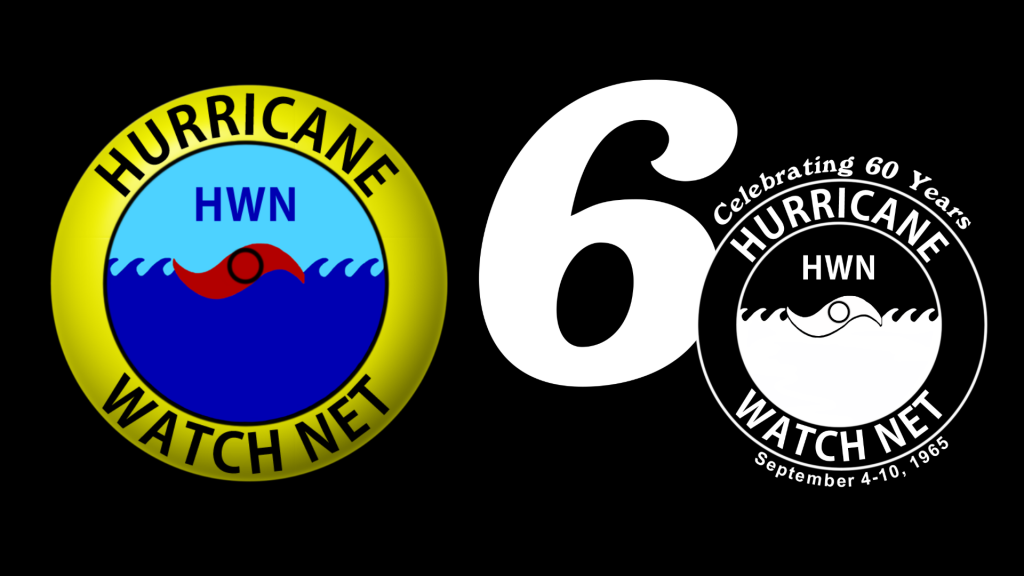In September 1965, Hurricane Betsy hit Florida, the Bahamas, and the central US Gulf Cost. The damage was nearly $1.42 billion, earning the storm the nickname Billion Dollar Betsy. Forecasting for storms like Betsy was still in its infancy.

Bobby Graves, KB5HAV, the current Hurricane Watch Net (HWN) manager, shared that amateur radio operator Gerald E. “Jerry” Murphy, K8YUW, then 28 years old, was stationed at the U.S. Naval Mobile Construction Battalion Center in Davisville, Rhode Island. “During his time off, he handled countless phone patches and messages to and from military-deployed personnel as a member of the Intercontinental Amateur Radio Net (IARN) on 14.320 MHz. The public was becoming concerned,” said Graves. “In 1965, there wasn’t any access to 24-hour news and weather reports. Murphy suggested to the IARN net manager to move those interested in the storm up 5 kHz to get them off the net, and the net manager agreed. Marcy Rice, KZ5MM, located in the Canal Zone (Panama), followed Murphy, and together they established the first Hurricane Watch Net on 14.325 MHz.”
Murphy passed away in March 2025. Marcella E. Rice (Marcy) died in 1989.
Now, the HWN will host a two-day on-air special event to celebrate its 60th anniversary on June 7 – 8, 2025. Net control stations, located across the United States, will all operate using the callsign WX5HWN on or near 14.325 MHz and 7.268 MHz at the following times:
- Saturday, June 7: 10:00 AM to 10:00 PM EDT (1400 – 0100 UTC)
- Sunday, June 8: 10:00 AM to 5:00 PM EDT (1400 – 2100 UTC) Note: Operations on 7.268 MHz will conclude at 3:00 PM EDT (1900 UTC).
A special commemorative certificate will be available by sending an email request to wx5hwn@hwn.org no later than June 30, 2025. This special event has been scheduled for the early days of the Atlantic hurricane season, which runs from June 1 through November 30. While the season typically peaks from mid-August to late October, tropical cyclones can form at any time.
For more details about this event and the Hurricane Watch Net, visit: www.hwn.org.

